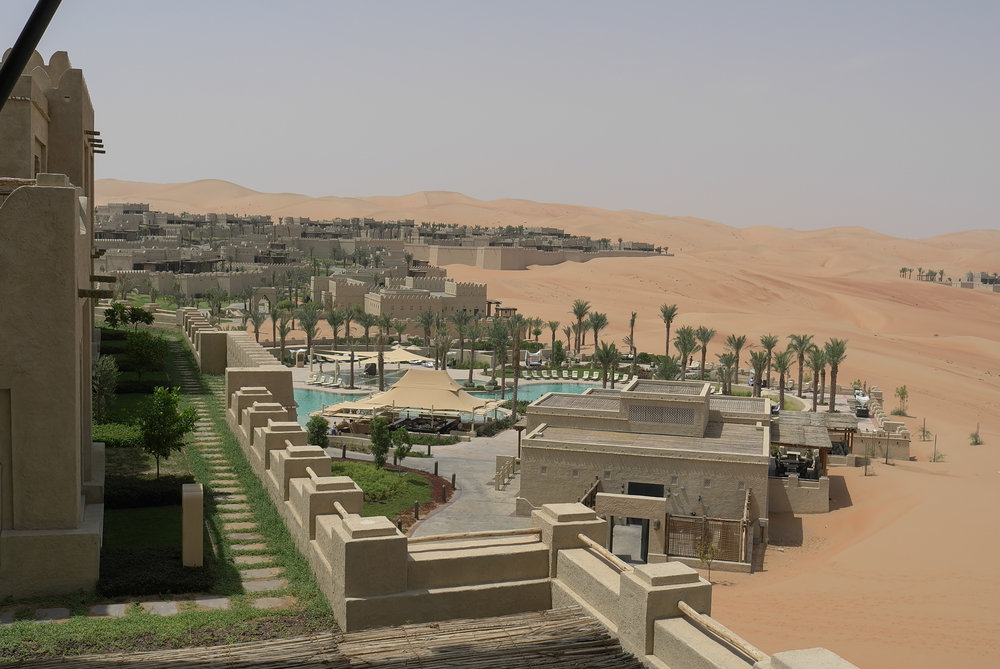
This story describes trips I made to the desert around the Liwa Oasis in the Emirate of Abu Dhabi in the United Arab Emirates at the north east edge of the Rub’ al Khali or Empty Quarter.
Few people have crossed the Empty Quarter as it is hot dry and…. empty. One who did was Wilfred Thesiger who made the journey twice, once from October 1946 to February 1947 in search of locust breeding grounds and again from December 1947 to March 1948. He recorded his journeys in the book Arabian Sands and took many photographs which illustrate the beauty and harshness of the desert.
On both journeys Thesiger exited the Empty Quarter at the Liwa Oasis which stretches over a wide crescent with the town of Liwa at its mid-point. South of the town lies the Moreeb dune, said to be 300m high, at which the Liwa Sports Festival is held. The festival includes a competition for four-wheel drive vehicles to see which can reach the highest on this steep dune of peculiarly soft sand.
At the eastern end of the crescent lies the hamlet of Hamim and from there a road runs about 7km across the desert to the Qasr Al Sarab Desert Resort. I visited it for tea on a number of occasions up to 2010 either on my way to or from the desert. The following photos of the resort were taken with the Leica X1 shortly after I’d bought it. I liked the luxurious interior and the furniture and the contrast with the barren and hostile desert outside.
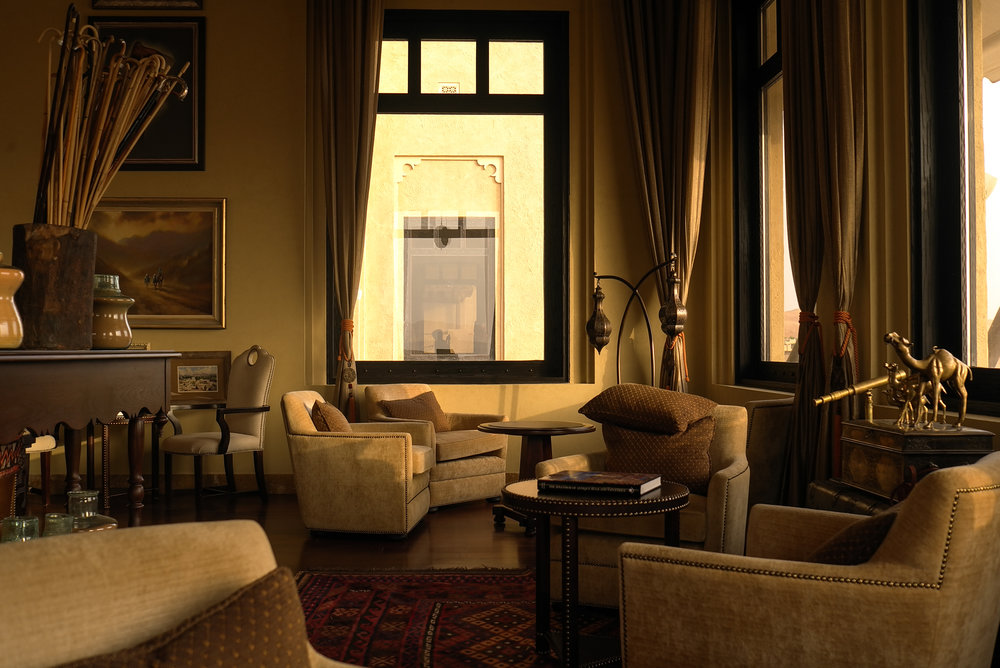
In 2017 I was back in Abu Dhabi working on a project in the town of Al Ain up against the Oman border.
I have always liked the dunes in the Liwa area as they have very different shapes to those in most of Abu Dhabi and in Qatar. In Abu Dhabi nearer the coast the dunes generally form a low level ‘sea’ of sand and in Qatar barchan (crescent) dunes are common. South of Liwa they sit in rows with level ground between them indicating that the wind pressures are about equal on each of their sides. This form of dune covers the far eastern side of the Empty Quarter up to and into Oman and can be clearly seen on Google Earth. The dunes’ slopes have a variety of interesting shapes and their isolation helps to make them unspoiled by four-wheel drivers.
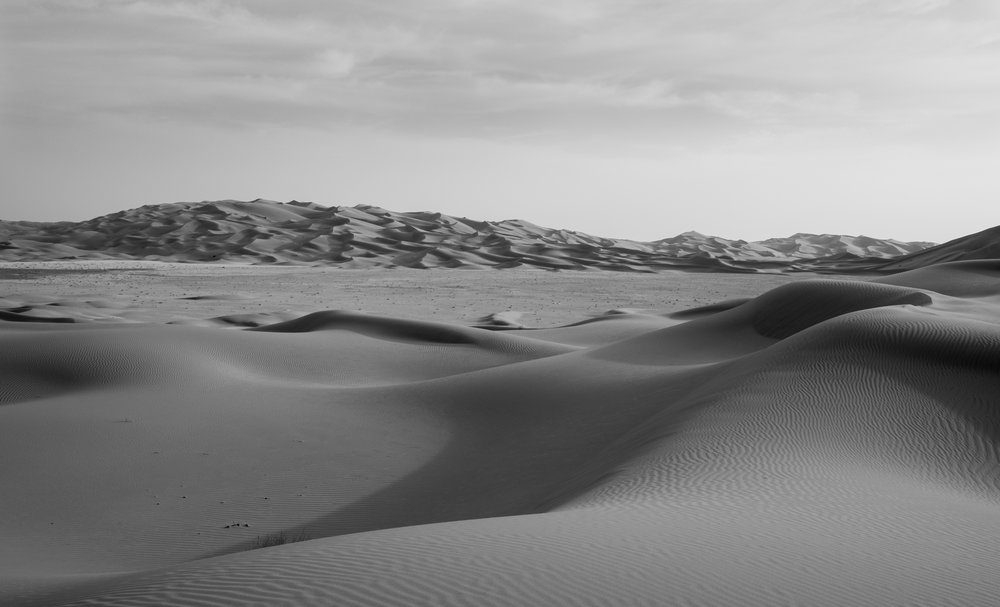
Keen to explore the area I decided to see if I could drive to the Qasr Al Sarab resort on the E95 and E90 highways shown on the map. The two-wheel drive Nissan Altima was fine on the asphalt roads but sadly the asphalt stopping miles short of the resort brought my outward journey to an abrupt end just west of an oil company encampment. The end of the asphalt road to Hamim can be seen on Google Earth at 220 43’ 23.88”N, 540 38’ 10.12”E next to the communications tower.
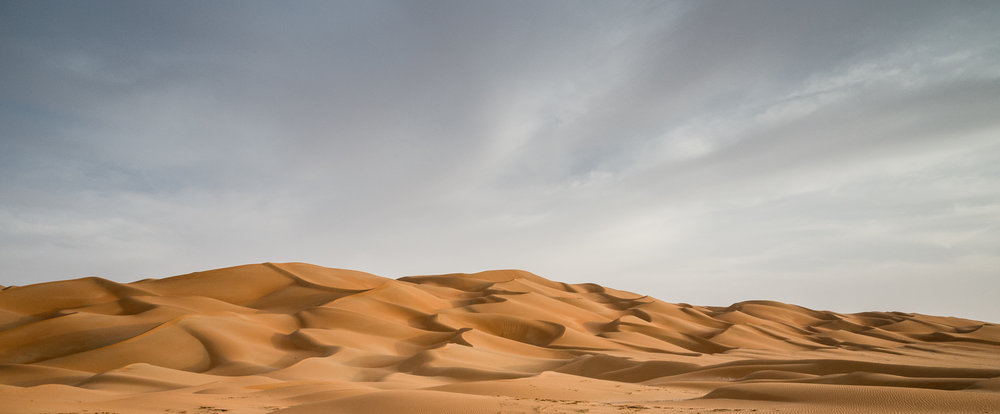
Although I had not been able to reach Hamim or the resort I wasn’t bothered. To continue on the graded track I would have needed a four-wheel drive vehicle, the right equipment and, ideally, another 4WD vehicle (or someone who would be willing to drive for hours to come and pull me out of a dune. It’s less embarrassing to ask for company in advance). The journey had enabled me to see again, with great pleasure, the high dunes which at that time were sharply side-lit by the low afternoon and early evening sun in a clear sky. I returned on the following weekend when a cloudy sky dulled the shadows but added more interest above the dunes. Also high winds during the week had formed distinct ridges at the top of the dunes’ slopes.
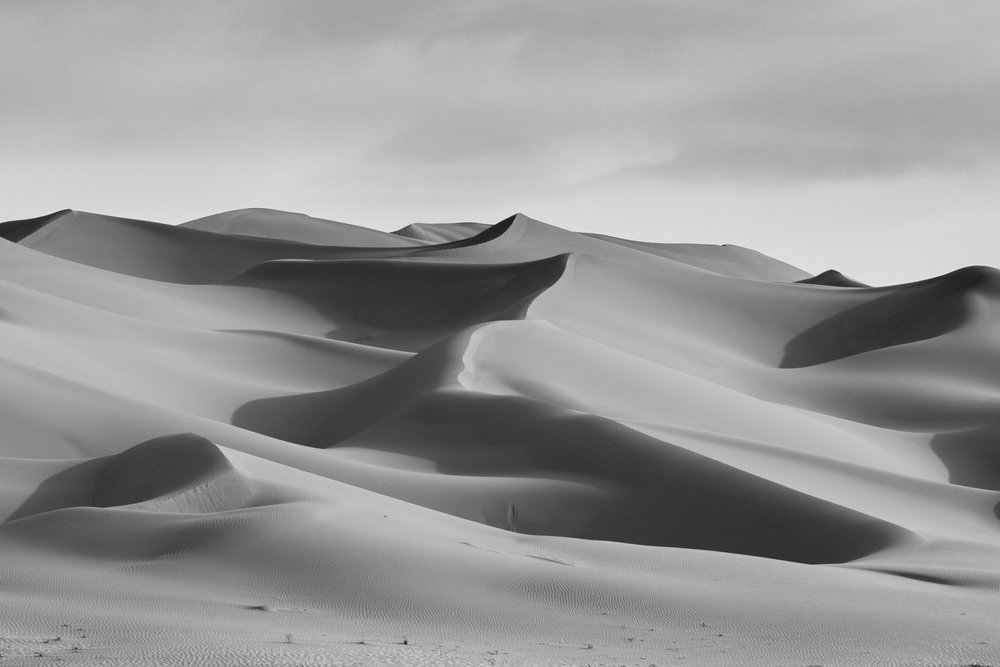

On both journeys I stopped frequently to get out of the car and used the Leica X Vario to capture the views as best I could with the 28-70mm zoom. To get the images of the details I had to crop the pictures but was still pleased with the resolution. The two below made me think of a hen and her chicks and a giant snake.
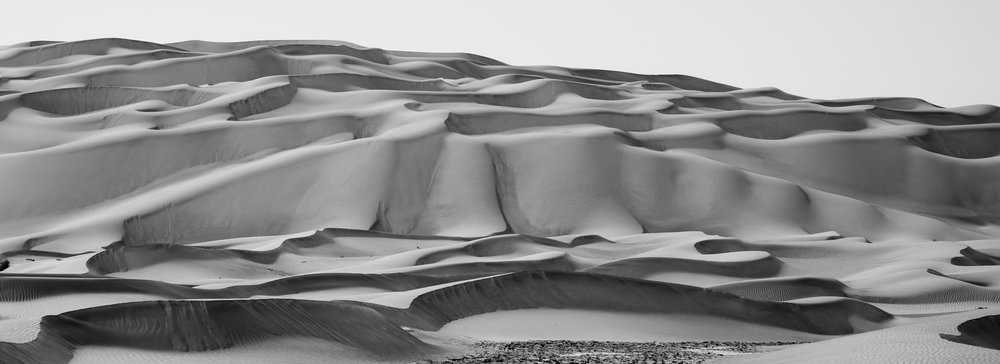
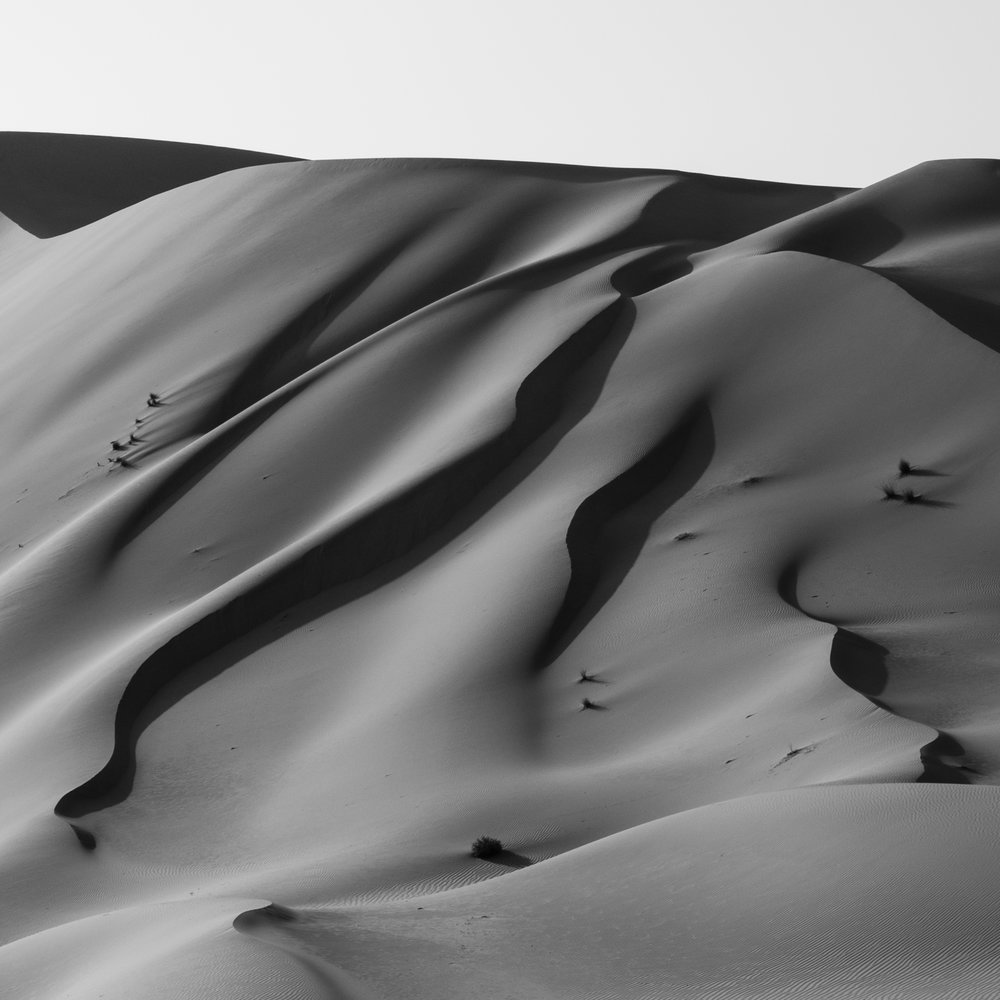
And a couple more with shapes that I found curious. The first would be difficult, if not impossible, to drive through. The second reminded me a curtains drawn back, a strange effect on such a large dune.
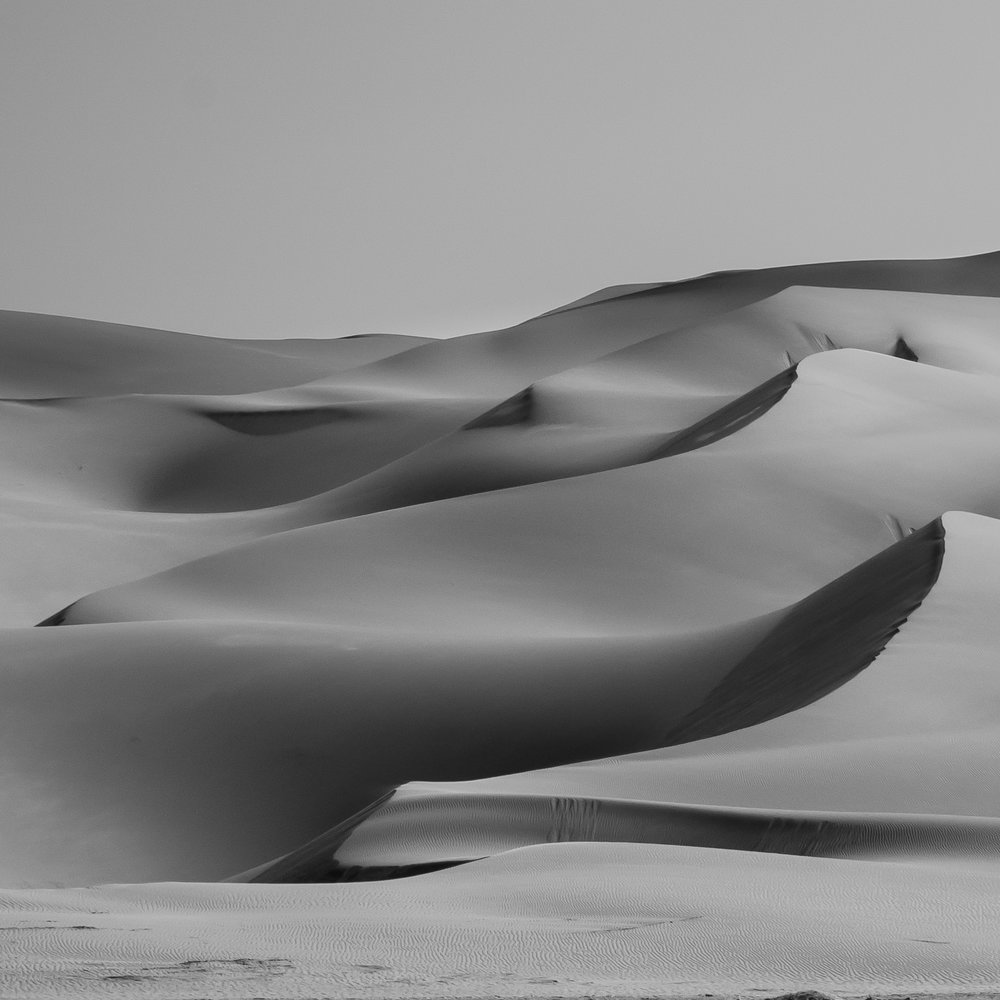
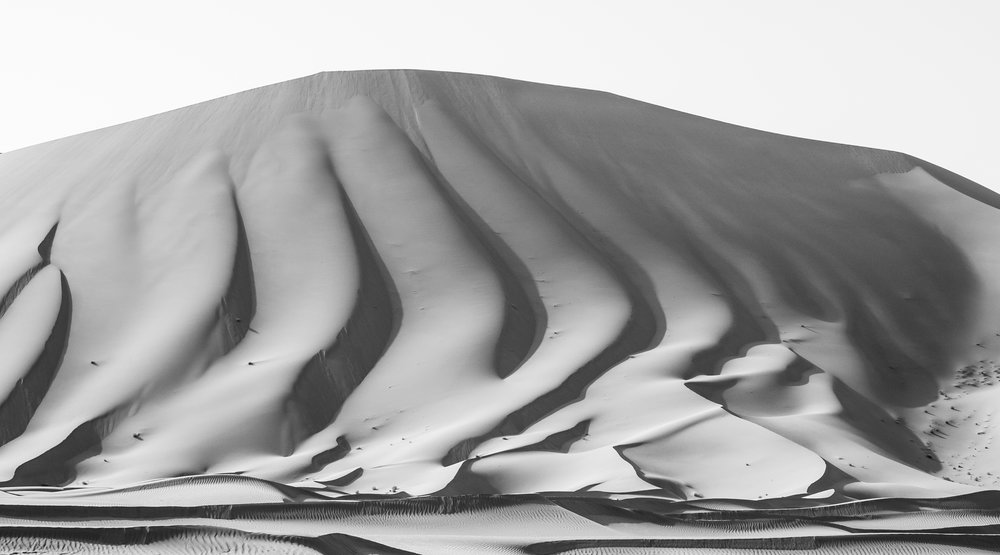
____________

Thanks gents for your comments. A word of warning; if you venture into the dunes you risk being captivated by the subtle beauty of their forms and shadows especially as the sun rises and sinks. You will then end up, as I am, being constantly drawn back to that environment. Thankfully I understand the condition is completely incurable!
Great photos – makes me nostalgic for giving up my X1 and X-Vario – I’ll have to find my old X2 in the cupboard!
Lovely photos, Kevin. These have a very familiar look to me and the dunes are very like what you call the crescent shaped dunes in Qatar. I will show some of these in my forthcoming article. In one area there were the ‘Singing Dunes’, see here https://www.youtube.com/watch?v=5FYG-C-IVOg . In another area we had the Dunes around the ‘Inland Sea’. I saw all types of dunes in my time in the Middle East from crescent shaped singing dunes in Qatar to the red dunes at Wadi Rum in Syria to the other end of the Empty Quarter in Oman which featured in Thesiger’s book.
Driving in sand dunes is not for the faint hearted. You are advised to let the air out of your tyres when entering desert areas and to pump them up as you leave. I went with the Qatar Natural History Group looking for desert animals one time and I got stuck in the sand. A mad Canadian guy got my vehicle free and then proceeded to drive it from side to side wildly until we got to the edge of the desert where I could pump up my tyres before returning to the road. The real ‘white knuckle ride ‘ is to go the top of one of the dunes and then let the vehicle slide down the slope, revving up at the end to avoid getting stuck in the sand. The other trick that the locals have is to drive inside the crescent shaped areas in the dunes as if they were inside a ‘wall of death’. The first time we went into the desert, our driver was a Bedouin guy whose name was pronounced something like ‘Brake’. The brake was the only part of the vehicle he did not use, however, and we returned quite shaken but energised after our adventures.
Your photos capture the desert very well and are particularly effective in black and white.
William
I should have said Wadi Rum in Jordan. We saw other types of desert in Syria, particularly around Palmyra, where before the war they raced camels through the desert.
William
Beautiful ! Thank you such symmetry !
Great images Kevin. The dunes have a dynamic, flowing look. Which is probably the case since you could go back there tomorrow and they wouldn’t be the same. Evocative.
Thank you for sharing both the story and the wonderful images. I really like the monochrome dunes, the shadows and textures are stunningly captured.
Dave
Kevin, thank you for such a fascinating pictorial account of life in a region beyond many readers. experiences. Certainly mine.
I was interested to see how interior designers treated the rooms inside the hotel shown in your essay. They clearly found it difficult to stray far from the spectrum of colour in the surrounding landscapes. Ii might have been a welcome counterpoint to find a hint of an oasis. Maybe they do not exist in that region.
The dunes are remarkable with ever-changing forms, sizes and shapes. Thank you for your collection of fine pictures.